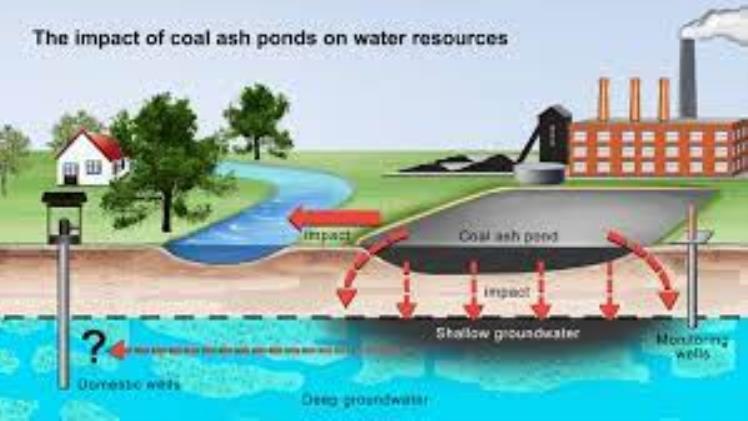How Toxic Coal Ash Affects the Environment

Coal ash is a harmful mixture of chemicals and minerals produced when coal is burned in power plants, depending on its type and the way in which it was burned. Depending on which coal type and burning method is used, its composition varies and could contain heavy metals like arsenic, lead, mercury, cadmium selenium chromium as well as toxicants like arsenic – these toxins may lead to respiratory distress, cardiovascular damage and cancer as well as neurological deficits or developmental delays, reproductive tract abnormalities or impaired bone growth if consumed or inhaled through inhalation or eating coal ash-containing foods or inhaling this toxic stew of chemicals and minerals can cause respiratory distress as well as heart damage from inhaled or eaten or inhaled inhaling or eating coal containing these heavy metals; such as arsenic, lead mercury cadmium selenium and chromium may result from eating or breathing coal containing these heavy metals can produce health issues such as respiratory distress and heart damage as well as neurological effects including cognitive deficits or developmental delays and reproductive issues such as reproductive tract abnormalities and impaired bone growth from inhaled or eaten or inhaled pollutions from various health problems related to cancer as well as potential health concerns like respiratory distress and heart damage for example.
When released into the environment, toxins can quickly be absorbed by water and leached out into groundwater, where they can poison drinking water supplies. They may also leach into bodies of water where they may harm fish, birds and amphibians. Unlined ponds and landfills become especially hazardous storage sites – as was demonstrated by Tennessee in 2008 when Kingston Plant’s unlined coal-ash pond collapsed contaminating hundreds of acres of land while polluting two recreational waterways and uprooting full grown trees from their roots – something unlined storage facilities do not do.
Federal legislation didn’t begin regulating coal ash until 2015, when President Obama’s Environmental Protection Agency issued its inaugural rule addressing it in response to Kingston. Utilities had long lobbied heavily in favor of this action since it would allow them to avoid more stringent environmental protection requirements such as liner for storage sites.
Still, according to research conducted by the EPA itself, coal ash only poses a threat to nearby communities when stored in unlined or partially lined ponds and landfills like those at Colstrip. Under such circumstances, contaminants like arsenic and boron may seep into groundwater supplies, potentially exceeding safety standards for human consumption and even endangering wildlife species.
Utilities store coal ash not only in unlined ponds and landfills but also in wet impoundments known as lagoons, built with earthen dams which may fail. As was seen at TVA Kingston site in 2008, when these dams break, their contents can contaminate surrounding land and waterways while ripping through trees to wreak havoc and fill yards and homes with toxic slurry – an especially serious threat in North Carolina where many lagoons were located near rivers, lakes or streams impacted by leaked coal ash leakage.
These toxins have proved so detrimental that even lawmakers who previously supported classifying coal ash as solid waste have recently changed their minds, filing legislation to require design, engineering, and performance standards for ash ponds. Lisa Jackson pledged during her confirmation hearings to immediately assess ash ponds and landfills where necessary and take steps to remedy any deficiencies; Congress members such as Edward Markey and Sherrod Brown have introduced bills calling for a federal policy on ash disposal.